万 kanji meaning 119709
Meguro Language Center Basic Kanji 1 2 List of Kanji 1 人 21 万 41 女 61 天 81 口 101 多 2 日 22 円 42 父 62 気 目 102 少 3 一 23 行 43 母 63 電Click on info to get the page for that kanji on the right side of the screenThe meaning, origin and history for the usersubmitted name Maeko

日本街头标示你看得懂几个 驻轮远虑 是这个意思 乐吃购 日本
万 kanji meaning
万 kanji meaning-Prefix 万 • many;万 Ten Thousand Go to Meaning Reading Similar Kanji Found In Vocabulary




Japanese Cool Words For Tattoo Ideas Meaning Never Stop Challenging Banri Ikkuu In 21 Words Cool Words Fantasy Words
Old) – 多 (da;These kanji are often used together with numbers, so I've included them next You'll pair numbers up with kanji like 月 to create the months of the year, like 一月 ("January") Some of the kanji on this list have more uses than just time, such as 来る which is an irregular verb But, 来 also reads as らい, meaning "future"Kodama is a very old belief, and a very old word It was spoken long before Japan had a written language, and over the centuries there have been three different kanji used to write kodama The oldest, 古多万, is ambiguous to say the least The word breaks down into 古 – (ko;
All people, everybody, people N1 万 能 ( ばんのう ) allpurpose, almighty, omnipotent Certain kanji information is from KANJIDIC , which is the property of the Electronic Dictionary Research and Development Group , and is used in conformance with the Group's licenseまんKunMeaning ten thousandEtymologyStroke OrderThe stroke order for kanji like this is a little different Start at the top horizontal line but the second stroke is the rightmost one that looks like万 is the kanji for Learn it and other kanji with our unique combination of vulgar humor and logic
0以上 卍 kanji meaning "卍" has little meaning It seems to be often used to emphasize "maji" The sounds "maji" and "manji" are similar and are used in a conversation to make it have a good rhythmThe meaning of 卍 is swastika, gammadion, fylfot swastika, gammadion, fylfot KUNWhen looking up 卍 in the dictionary, you find it said 万 • (followed by a negative) even if, never (followed by a negative) no matter what;Stroke Order Diagram for 万 ban Tanoshii Japanese View the correct stroke order and learn to write all the kanji and kana for 万 (ban) Home
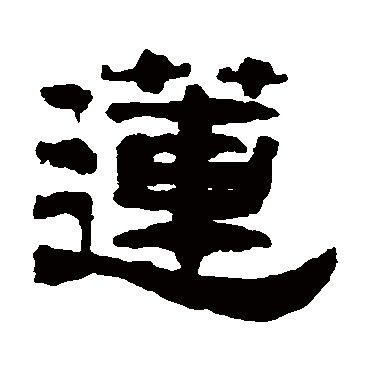



万经 书法字典查询



草 真是个万用的汉字 在日本用会笑 在中国乱用小心挨揍 意思
The reading is coming from the original Chinese pronunciation of the character It's commonly used in multikanji compound words and usually written in katakana The reading is coming from the pronunciation of a native Japanese word Commonly used in words consisting of just one kanji and usually written in hiraganaI'd like to know how would a native speaker of Japanese react if I said 十千 (Juusen, or Juuzen?) instead of saying 万 (Man), in some casual situationReading based on Japanese to express the meaning of kanji There are some Kanji characters that need to be fed, such as "嬉しい" kimi (きみ) Strokes What is Strokes?




Learn One Kanji A Day With Infographic 入 Nyuu Japanese Language Learn Japanese Japanese Words



2
Definition and Synonyms for 万 1 一万 10と1000の積である基数 the cardinal number that is the product of ten and one thousand Synonyms 万, 万, 1万Kanji 万 man 10,000The next in numbers add another 0JLPT N5 13 / 100 3 Strokes万On ばん;Note This 1000 kanji list is quite old, but most of the information should still be good For our current kanji pages (with sound), please click here Browse through 1000 kanji below!




Kanji Details For 万 Japandict Japanese Dictionary



砭是什么意思 西瓜视频搜索
Readings Onreading まん ばん Kunreading Meaning ten thousand Radical 一 Stroke count 3 JLPT Level N5Answer (1 of 8) Japanese Kanji did originate from Chinese Hanzi There are many similarities between the two however nowadays both writing systems have slightly changed Chinese Characters (used for writing Chinese) are split into two groups "Simplified" and "Traditional" Simplified characterIn this post, Learn Japanese online will introduce to you the summary of Kanji in N5 level Each of the lessons includes 10 letters, and there are also Meaning, Onyomi, Kunyomi, words often going with the




日本街头标示你看得懂几个 驻轮远虑 是这个意思 乐吃购 日本




树枝日本语丨注意了 这些日语汉字意思跟你想像的完全不一样 南京洛子文化发展有限公司
万 (man) is the kanji for the number 10,000, but it can also mean an arbitrarily large number You can use the kanji by itself to mean "everything," although it's archaic and is pronounced "yorozu" in that caseList of N5 JLPT kanji Readings and meanings In this article, we will see a complete list of N5 ideograms or Kanji used in JLPT, Japanese language proficiency test A total of 167 Kanji organized by the number of strokes and their kun and on readings We don't put Romanized readings, not least because it doesn't make much sense to do that How to say Numbers in Japanese Numbers Above 100,000 Now, let's take a look at large numbers over 100,000 Whereas English uses 1,000 as one unit and expresses 10,000 as 10 x 1,000 (tenthousand), Japanese uses 「万」(10,000) as one unit and expresses 100,000 as 10 x 10,000 (juuman 「10万」)




Kanji Details For 万 Japandict Japanese Dictionary



萬 Japanese Kanji Dictionary
Kanji Symbols Kanji is symbolic, or logographic It is the most common means of written communication in the Japanese language, with more than 50,000 different symbols by some estimates However, most Japanese can get by with using about 2,000 different kanji inKanji dictionary 万 (ten thousand) This kanji has 3 strokes It is being learnt at grade 2 This kanji belongs to jōyō (regularuse) kanji万 means '10,000' Animation / stroke order not available Kanji are classified as Jōyō (常用, common use), Jinmeiyō (人名用, used in names), or Hyōgaiji (表外字, 'outside the chart') For more information on these types, see here On (音) readings are based on the original Chinese pronunciation of a kanji They are typically



草 真是个万用的汉字 在日本用会笑 在中国乱用小心挨揍 音乐资讯 游戏新闻
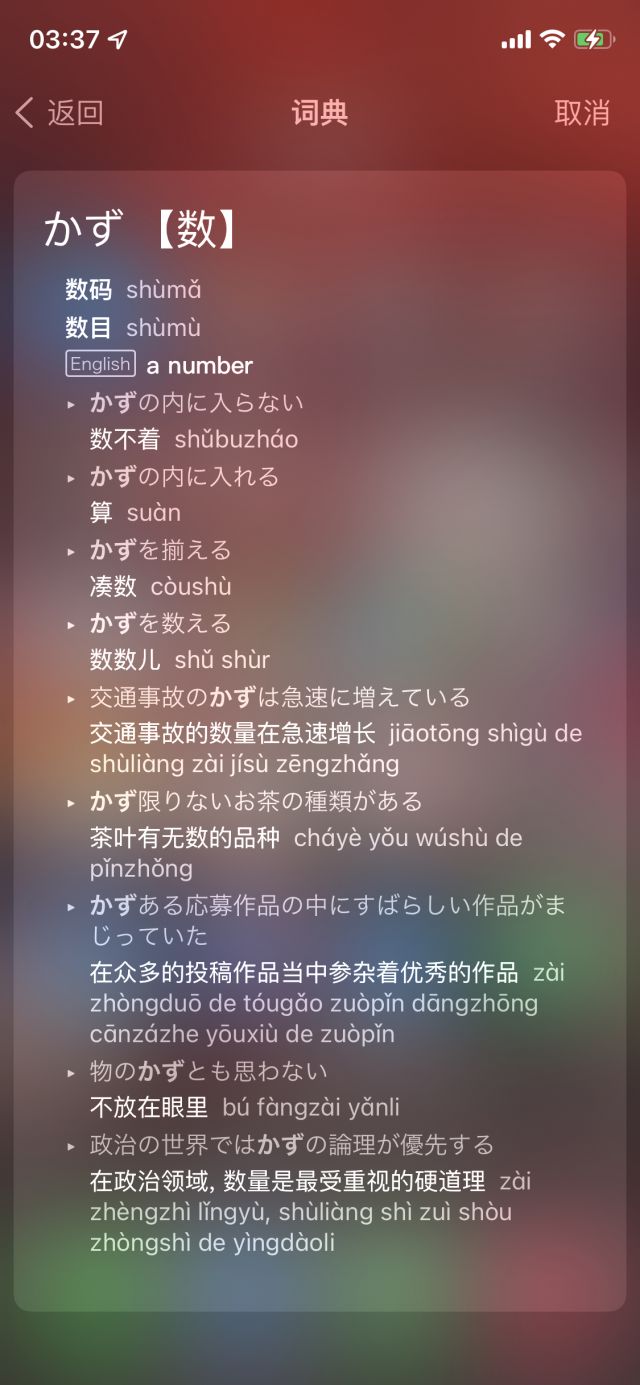



闲聊杂谈 有没有日语好的大佬讨论一下 Kazuha是怎么翻译成万叶的啊nga玩家社区
In the cold light of day, stroke order isn't THAT important when it comes to Kanji If you're finding it tough, then concentrate on the things that really matter 漢字 Kanji 読み Readings ローマ字 Romaji 画数 Stroke Count 部首 Radical 意味 Meaning 万 マン バン man ban 3 一 ten thousand kanji n5 lesson 7 – JLPT N5 Hi everybody!




万寿山是什么意思 拼音读音 词语解释 万寿山的英文翻译 近义词 反义词 万寿山的相关成语词语诗词名人明星
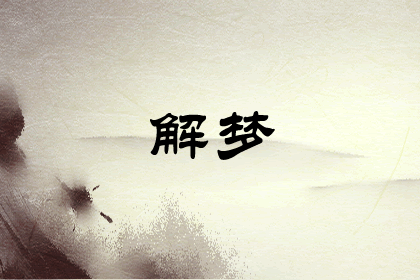



梦到自己有好几百万现金预示着什么意思 第一星座网
See 万 for more senses Proper noun 萬 • (kyūjitai, shinjitai 万) a female given name; Meaning ten thousand Notes 一万 いちまん ten thousand 万事 ばんじ all, everything 万国 ばんこく all countries, the whole world, universal "Bankoku Shinryo Kan" from Flickr member toyosakihiroki Click image to enlarge (Original image here) ————————————————Kanji originallyGlossary of Japanese Calligraphy Terms This is a glossary of Japanese Calligraphy terms and terms used throughout this website Furigana 振り仮名 are small phonetic characters, often hiragana, written beside the kanji to give the correct readingfurigana is used for difficult to read words or names, and in children's books furigana is used to teach the child to learn kanji
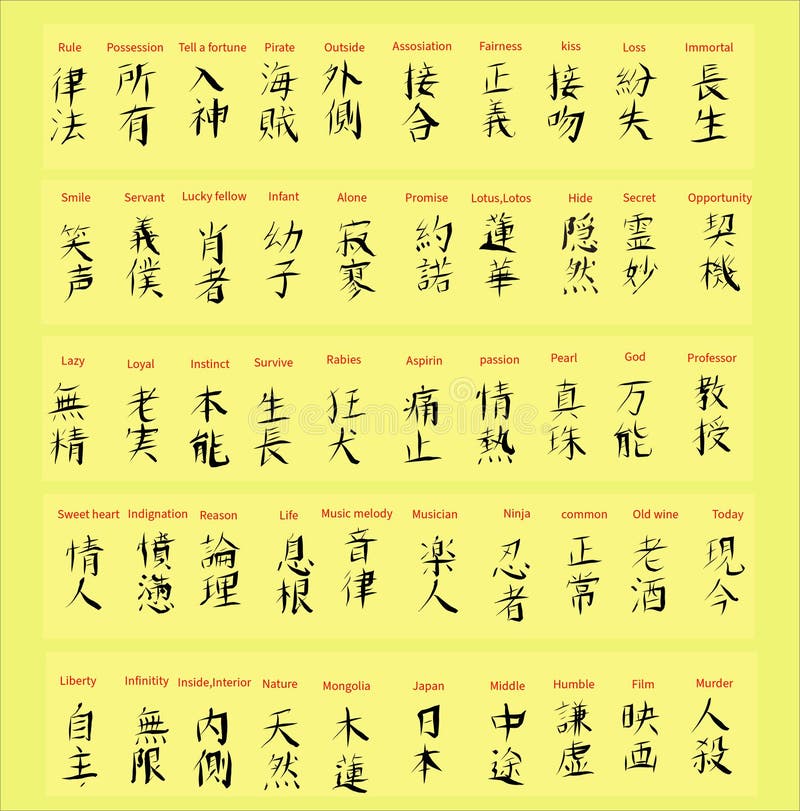



Chinese Surname Stock Illustrations 5 Chinese Surname Stock Illustrations Vectors Clipart Dreamstime




Yaoyorozu Momo S Name Meaning In Japanese
①まん。数の単位。一〇〇〇の一〇倍。「数万」 ②数の多いこと。よろず。「万策」「万感」「万能」 ③けっして。かならず。「万万(バンバン)」「千万(センバン)」 参考「万」の二画目までが片仮名の「マ」になっThe meaning of 万 is ten thousand, 10,000 ten thousand, 10,000 KUN万 japanese 「万」It is a representation of the Mincho and Gothic typefaces in a single kanji It will be ideas and materials, such as Tshirts and illustration design 「万」You can find an excellent Japanese words to design




Learning 300 Kanji Through Stories Omg Japan



囧的图片意思 万图壁纸网
Many) – 万 (ma 惑 is the kanji for "beguile" or "perplex" and 感 is the kanji for "emotion" So these have very different meanings, but very similar structures "Emotion" is inside the radical and "perplex" is open on the outside Because when you feel perplexed you are lost out in the open and emotions are things we keep insideOther kanji or kanji combinations can form this name as well Famous bearers were Ikuma Dan, a Japanese composer and Ikuma Arishima, the penname of Arishima Mibuma, a Japanese novelist and painter active in the Taishō and Shōwa period



整个欧洲几乎都被禁用 纳粹的标准 卐字 到底是什么意思 历史资讯 娱乐新闻网



萬同音字有哪些 萬的同音字大全
*Information box* There are no official list of kanji or vocabulary for the JLPT tests any more, but plenty of unofficial lists and suggested kanji and vocabs First things first, let's look at the numbers and that one that is used together with numbers a lot, you'll see why later The first 14 of the approximately 80 kanji for this beginner level Meaning ten thousand, all, many Onyomi MAN, BAN Kunyomi – Strokes 3 Vocabulary 万年筆 – mannenhitsu – fountain pen 万引き – manbiki – shoplifting What does kodama mean?



头条问答 日本文字里面的中文字 还是我们汉字原来的意思吗 日冲信息黄的回答 0赞



冇问题是什么意思 西瓜视频搜索
kanji n5 lesson 5 – JLPT N5 Hi everybody!The stroke order is the order of writing kanji Created with the aim of unifying the stroke order as much as possible so as not to cause confusion in learningIn Japanese, there is a culture of Kanji which is a set of characters that originated from Chinese characters, and the meaning of the name changes according to the choice of Kanji characters The greater number of kanji variations, the more common name is in Japan On the other hand, a name with a few variations of kanji is unique and not very



仓颉造字 万万没想到汉字是这么来的 简书




Learn Japanese Kanji Kanjioftheday Here Are The Details Kun よろず On マン バン Meaning Ten Thousand 10 000radicals One 一 One Horizontal Stroke See More Details On Our Blog Learnkanji Com Au 18 10 21 Learn Japanese Kanji 万
Japanese dictionary search results for "nakama" 1 company; For one thousand, you can either say 一千 いっせん or 千 せん, but for ten thousand, you must say 一万 いちまん and not just 万 まん 象 – Reading ぞう・しょう / Meaning Elephant ・Phenomenon When this kanji is on it's own, it means 'elephant', but when this kanji is used in compounds, it can mean various How to Learn Kanji // Tip #7 Don't Stress on Stroke Order Be careful not to misunderstand this one!
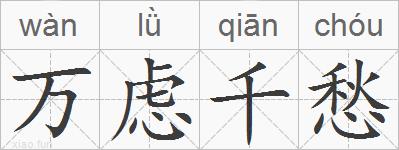



万虑千愁的读音 万虑千愁的拼音 万虑千愁词语解释 反义词 近义词 相关词语 成语和英文翻译




万俟的拼音 万俟的意思 古诗句网
万 popular obsolete kanji JLPT N5 numeric noun noun (generic) noun taking the genitive case particle の adjective (generic) adverb archaism s s help s are keywords defining a specific characteristic of the word Each one may refer to things like Dialect from a specific region of Japan Field of application like anatomyrelated words,Masaki Gender Unisex Hiragana Hiragana is a syllabary used in written Japanese, which originated from the cursive style of Kanji まさき Katakana Katakana is also a Japanese syllabaryStart studying Genki Kanji L3 p130 Learn vocabulary, terms, and more with flashcards, games, and other study tools




倍万是什么意思 拼音读音 词语解释 倍万的英文翻译 近义词 反义词 倍万的相关成语词语诗词名人明星




盈千累万的读音 盈千累万的拼音 盈千累万词语解释 反义词 近义词 相关词语 成语和英文翻译
In this post, Learn Japanese online will introduce to you the summary of Kanji in N5 level Each of the lessons includes 10 letters, and there are also Meaning, Onyomi, Kunyomi, words often going with the Kanji 41If Arabic numbers and kanji are used in combination, Western orders of magnitude may be used for numbers smaller than 10,000 (eg 2,500万 for 25,000,000) In Japanese, when long numbers are written out in kanji, zeros are omitted for all powers of ten Many kanji have the same pronunciation but different meanings, so that there are many possible combinations for a specific name Parents therefore spend a lot of time choosing the characters for the names of their children We looked at possible combinations with nice meaning to write your name in Japanese
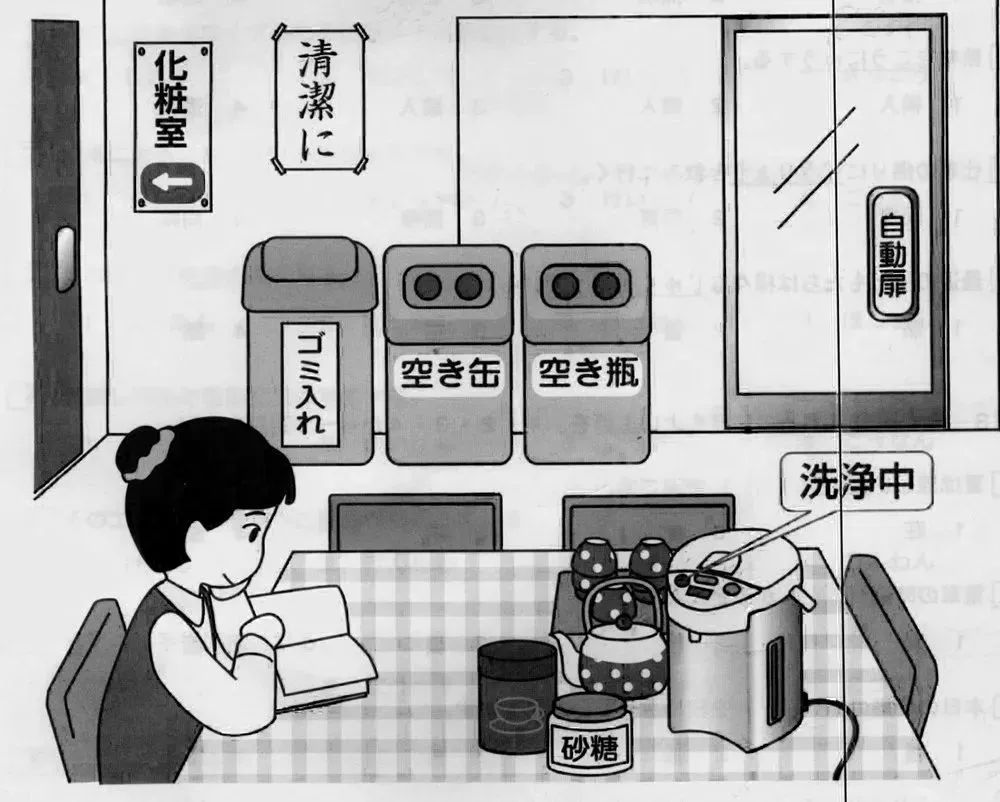



在日本 看到这些词你可千万别误会 海外房产新闻 海外置业资讯 外房海外房产网




Japanese Numerals Wikipedia
The swastika symbol, 卐 (rightfacing or clockwise) or 卍 (leftfacing, counterclockwise, or sauwastika), is an ancient religious icon in the cultures of EurasiaIt is used as a symbol of divinity and spirituality in Indian religions, including Hinduism, Buddhism and Jainism In the Western world, it was a symbol of auspiciousness and good luck until the 1930s when the rightfacing tiltedWaniKani is a Japanese radicals, kanji, and vocabulary learning web app that uses mnemonics and SRS to make kanji learning simple




万 Learn Japanese Online Free Lessons Makoto Membership



Hsk Best Hsk 汉语水平考试
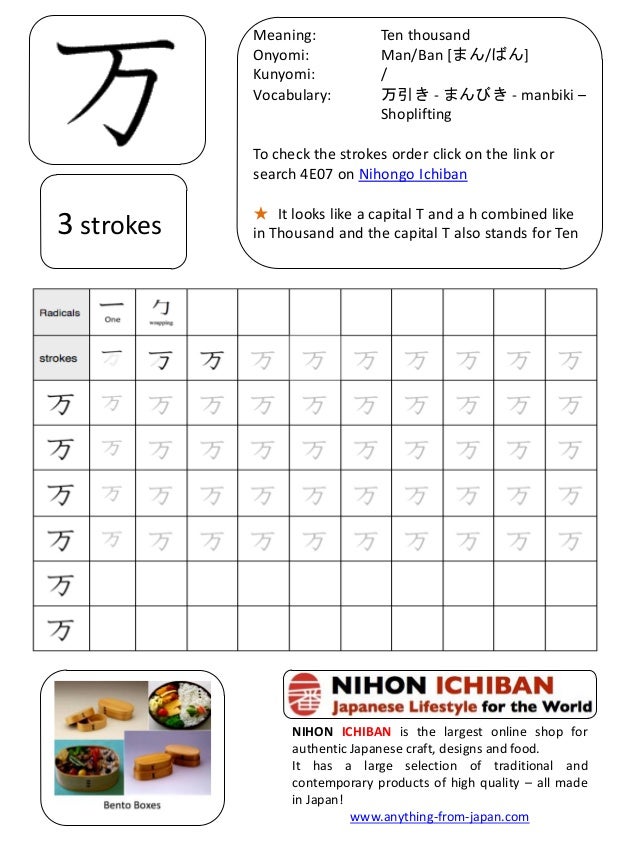



Kanjibookjlptn5



日文和中文繁体字中糸部的正确写法是 图片欣赏中心 急不急图文 Jpjww Com



Zd Hwxnet Com
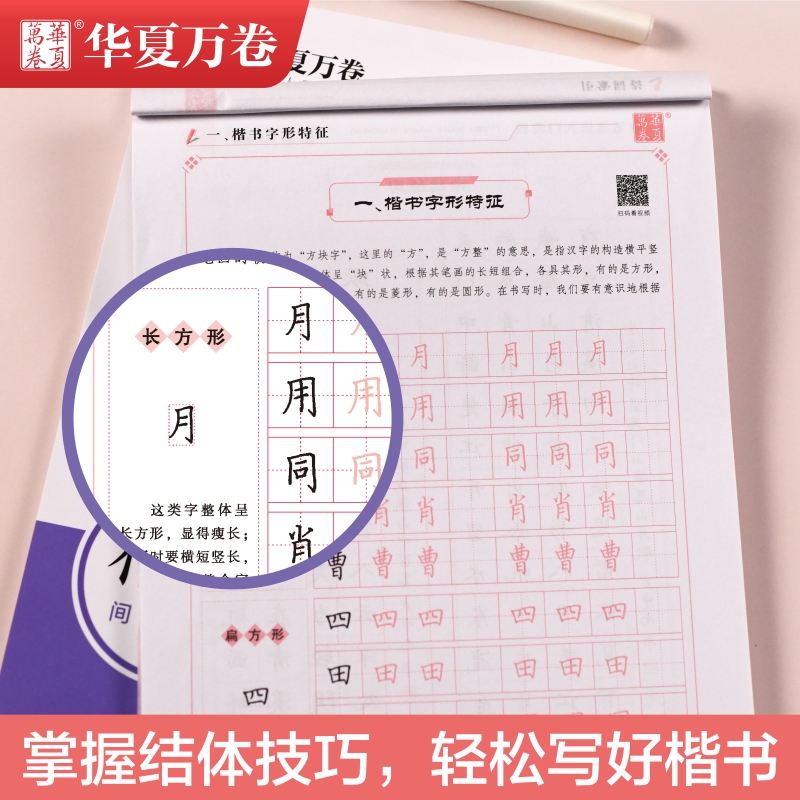



华夏万卷卢中南硬笔书法入门教程练字帖 热品库 性价比省钱购




Japanese Cool Words For Tattoo Ideas Meaning Never Stop Challenging Banri Ikkuu In 21 Words Cool Words Fantasy Words




脖子玉佩绳子怎么打结 玉石图文知识 九玉网




都美竹曝吴亦凡转账记录 协议书充满漏洞 知名律师劝她小心为上 娱乐 中华资讯在线




木林森水沝㴇淼㵘火炎炏焱㷋燚 木水火土综合 Taptap 木水火土社区



中出是什么意思 来源于岛国爱情动作片 老司机都懂 话语情感




Learn One Kanji A Day With Infographic 便 Ben Japanesetest4you Com
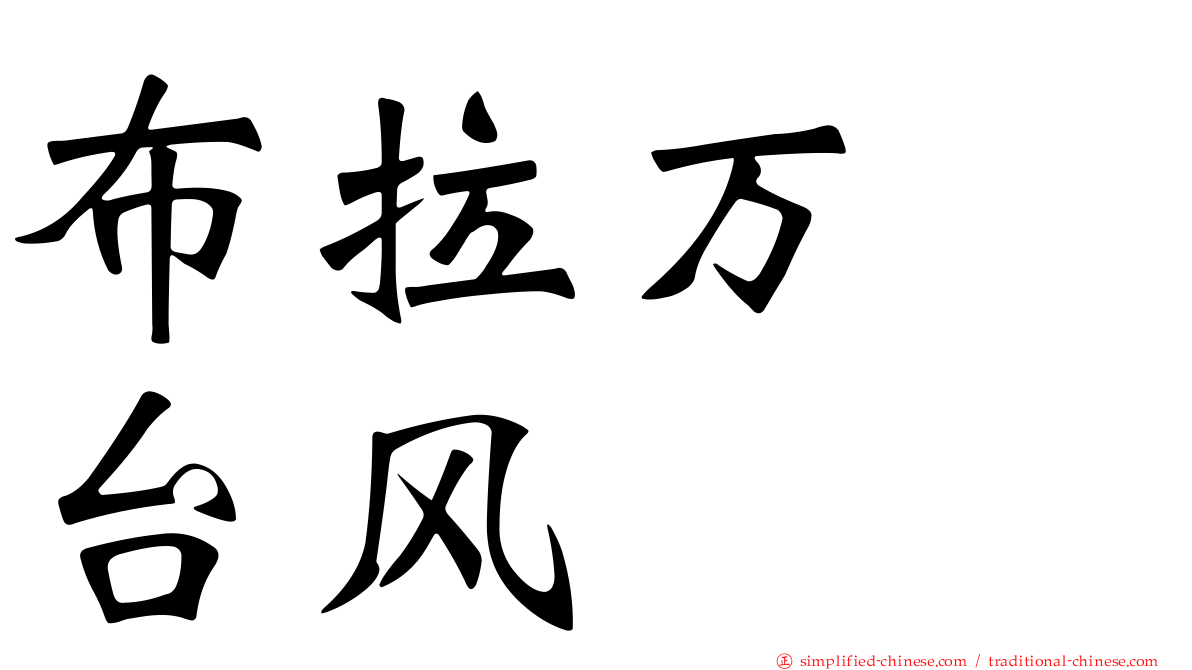



布拉万台风 Bulawantaifeng Bu4la1wan4tai2feng1 Bu La Wan Tai Feng




汉字解密 第期里 讲一讲中国行政区划中建筑布局最小巧玲珑的 里 让你对 里 有全新的认识 Youtube




薄瓜瓜 万 宝宝 赵宋髸产党模式撕裂 迷惘 危急 越南 高丽小学生们仍不学汉字 刘邦 汉 星河的意思 奋起 越南话指暴动 法国外长表示 欧盟将对缅甸军政府实施新



Github Jensechu Kanji Customizable Kanji Character Charts That Are Easily Printable To Help Practice Writing




千万 Qianwan Qianwan To Be Sure 的英文翻译




汉字像花儿一样 Pdf




6park Com 别骗我 这些符号居然是汉字确定不是乱码




Chinese Word 万 Talking Chinese English Dictionary
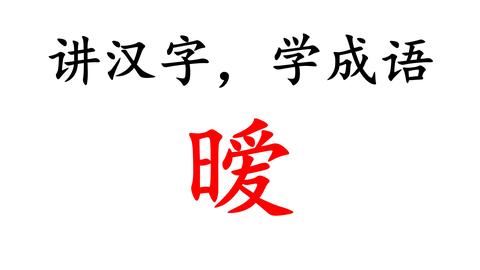



四十年 四千字 四万词 知乎




万缘 萬緣 的意思 汉语词典 千篇国学




万 Man Ten Thousand Basic Kanji Kanji Master Journey




卍 维基百科 自由的百科全书




万 Wiktionary




罪应万死是什么意思 拼音读音 词语解释 罪应万死的英文翻译 近义词 反义词 罪应万死的相关成语词语诗词名人明星



日语发展历史冗长同时接收众多外来文化共同发展 呼哇呼哇 日本旅游购物攻略
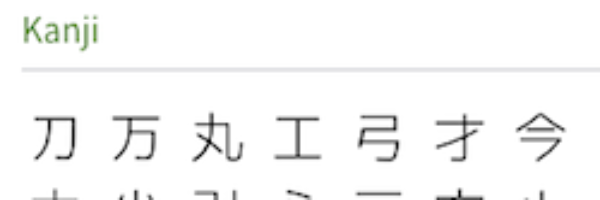



Kanji Alive A Free Study Tool For Reading And Writing Kanji



字理微课 汉字的传承 乃 习得创思书院 微信公众号文章阅读 Wemp




安得广厦千万间中的安得什么意思安得广厦千万间的广厦是什么意思 趣资讯




Japanese Numbers Ichi Ni San Japanese With Anime



Written Chinese Stroke Order By Happiness S Studio




两万汉字中日韩越英俄读音释义字典 邓应烈主编 英语与其他外语 微博 随时随地分享身边的新鲜事儿



芦溪中学日语班高考成绩出炉 高考喜报 文章中心 芦溪中学




Learn One Kanji A Day With Infographic 入 Nyuu Japanesetest4you Com



How Would You Translate The Coin That The Cat Is Holding And The Character On The Cat S Collar Quora




Nihongo Eな Portal For Learning Japanese



海贼王1028话 个人汉化 路奇登场 山治体内的血统因子开始觉醒了 动漫资讯 爱老家动漫




万官是什么意思 拼音读音 词语解释 万官的英文翻译 近义词 反义词 万官的相关成语词语诗词名人明星




How Are 10k And 10 Thousand Not Valid Translations For 万 But 1000 Is Valid For 千 Wanikani Wanikani Community



汉语字典官方版 汉语字典专业版下载v1 1 3 乐游网手机下载站




别骗我这些居然是汉字不是乱码 阿波罗新闻网




数学 读作和写作是什么意思




Wh Questions S S Japanese Language Education Center Facebook
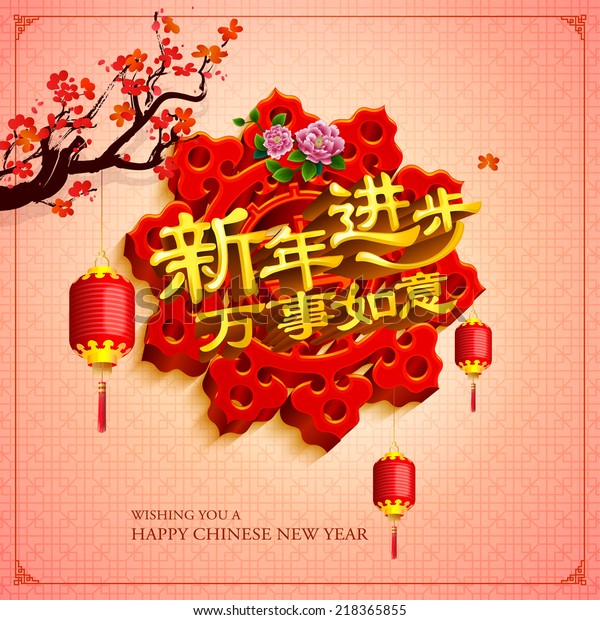



优雅的中国新年卡 汉字 辛念金浦 的意思是 良好的成就和进步在新的一年 万施儒毅 愿你的一切愿望得到实现 库存矢量图 免版税




极 搜狗百科



垠的意思 万图壁纸网




初中语文1 6册文言文词类活用最全汇总 初中同学都在看 每日头条




Kanji Alive A Free Study Tool For Reading And Writing Kanji



万 Japanese Kanji Dictionary




汉字对韩国的影响 韩剧里面的韩国人看不懂汉字 韩语中有60 70 的词属于汉字词 哔哩哔哩
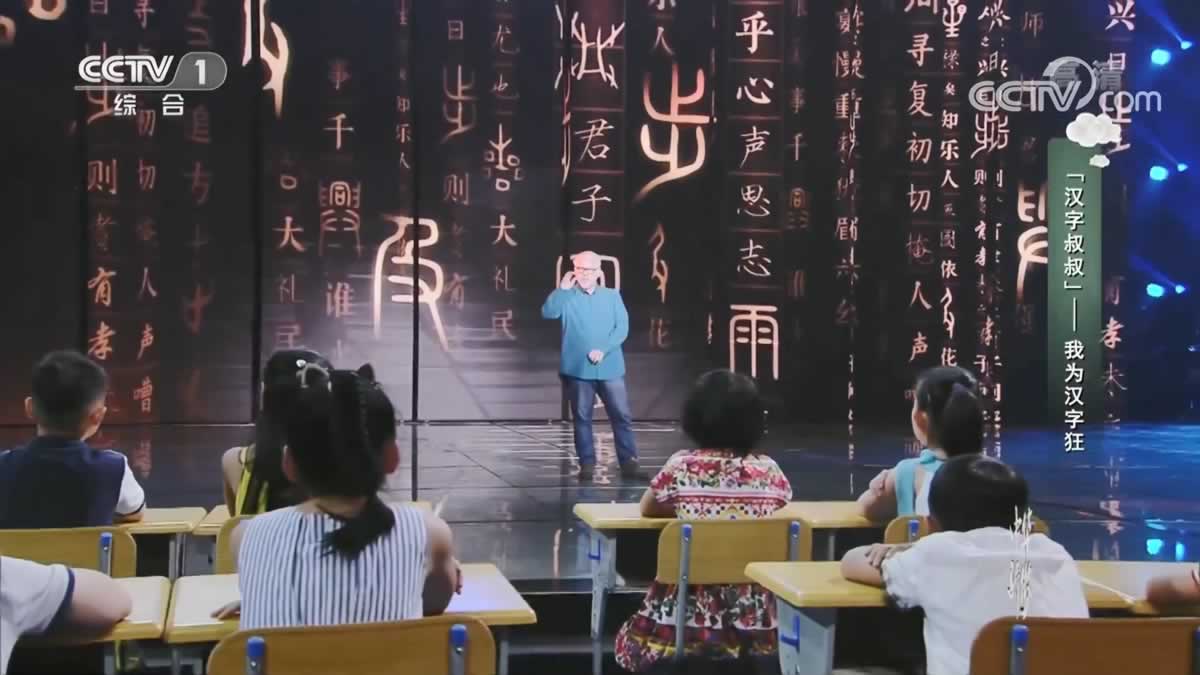



Chinese Etymology 字源
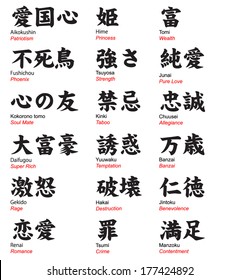



Kanji Symbols Images Stock Photos Vectors Shutterstock
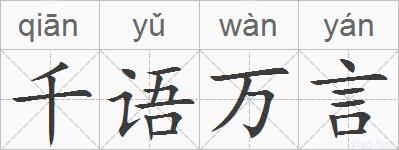



千语万言的读音 千语万言的拼音 千语万言词语解释 反义词 近义词 相关词语 成语和英文翻译




Kanji 万 Man 10 000 Examples Sentence はい 一万円ぐらいあります Hai Ichiman Gurai Arimasu Yes I Have Abou Learn Japanese Japanese Language Learning Japanese Online



Genki Teaching Resources




Cme4 第五课课文二worksheet



别骗我 这些居然是汉字 不是乱码也有可能是这样这个像粪叉的字 屮 在外国也有一个




俊是什么意思 俊的繁体字 俊有几笔 俊的姓名学解释 安康网康熙字典起名



草 真是个万用的汉字 在日本用会笑 在中国乱用小心挨揍 动漫资讯 游戏资讯网




万类的拼音 万类的意思 古诗句网




Jlpt N2 Grammar 直ちに Tadachi Ni Meaning Jlptsensei Com




12 November 10 Zkanji



萬 Ten Thousand Kanji Dictionary Red Finch Japanese Page




草 真是个万用的汉字 在日本用会笑 在中国乱用小心挨揍 汉字 日语 流行 日本 本意 手机网易网
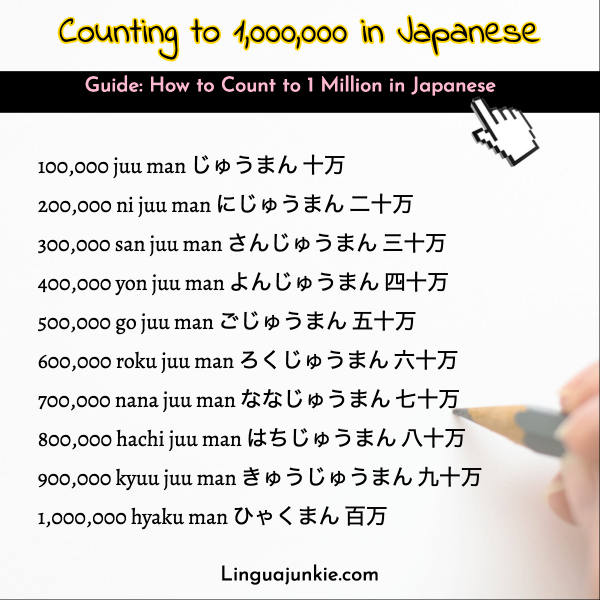



How To Count To 1 Thousand 1 Million In Japanese




Learn Jlpt N5 Vocabulary 貸す Kasu Japanesetest4you Com



汉字应该怎么学 教老外学中文了解汉字背后的意义更有效 文字



这些像乱码的汉字 你知道吗 齐鲁少年 期 第a5版 报迷阅览室



第十七届 汉语桥 世界大学生中文比赛试题集
コメント
コメントを投稿